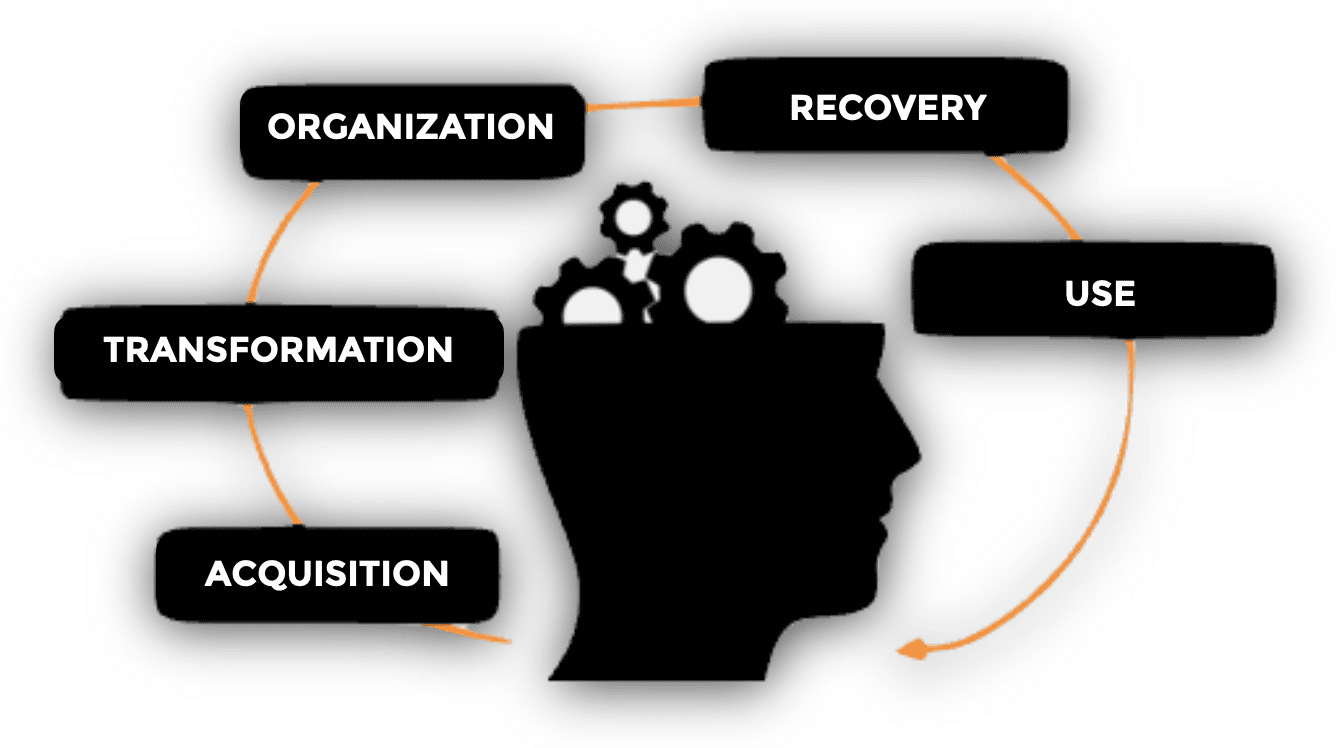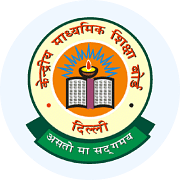Notes: Basic Process of Teaching and Learning | Child Development and Pedagogy for CTET Preparation - CTET & State TET PDF Download
Individual students may excel in learning through specific modes, which include distinct ways of thinking, relating, and creating. The concept of students having unique learning styles influences teaching strategies, as preferred methods of receiving and expressing information differ among individuals. It is essential for teachers to employ a variety of teaching strategies to successfully accommodate the diverse needs of each learner.

Teaching
Teaching is a process where a teacher endeavors to bring about desired changes in the behavior of students. This process affects the feelings, thoughts, and actions of students, helping them adapt to their environment.
Here are definitions of teaching from various thinkers:
- Edmund Amidon: "Teaching is an interactive process, primarily classroom talk which takes place between teacher and pupils and occurs during certain definable activities."
- HC Morrison: "Teaching is an intimate contact between a more mature personality and a less mature one which is designed to further the education of the latter."
- Clarke: "Teaching refers to activities that are designed and performed to produce change in students’ behaviour."
Teaching Skills
A great teacher is one who students remember and cherish forever. Teachers have long-lasting impacts on the lives of their students, and the greatest teachers inspire students towards greatness.
According to NL Gaze, "Teaching skills are specific instructional activities and procedures that a teacher may use in the classroom. These are related to various stages of teaching or in the continuous flow of a teacher’s performance."
Various teaching skills are used to make teaching effective and facilitate learning:
- Stimulus variation
- Set induction
- Closure
- Silence and non-verbal cues
- Reinforcement
- Asking questions
- Probing questions
- Divergent questions
- Higher order questions
- Attending behavior
- Illustrating
- Lecturing
- Planned repetition
- Completeness of communication
Teaching Learning Process
Teaching involves interaction between teachers and students to help students understand a given concept. The main objective of teaching is to develop cognitive skills and bring about changes in students' behavior, which is referred to as 'learning' in educational psychology. Learning is a continuous process that never ends, making teaching and learning two sides of the same coin.
There are various principles of the teaching-learning process suggested by famous educationists and psychologists. Some of them are:
- Definite Purpose: Before teaching, a teacher should define the teaching purpose, which can be general or specific aims related to the subject and teaching content.
- Correlation: This principle emphasizes teaching through the correlation method, which involves inductive to deductive teaching, making learning effective and permanent.
- Motivation: Motivation is crucial for student development, both internal (from students’ internal rewards) and external (teacher’s behavior towards students).
- Reinforcement: Based on behavioral psychology, reinforcement produces learning. BF Skinner proposed this theory, distinguishing between positive and negative reinforcements.
- Stimulation: This refers to a state of arousal within the individual, enhancing effectiveness and activity during the learning process, influenced by factors like environment, personal interests, and teaching technology.
- Revision and Practice: Practice and revision are essential for learning and evaluation, helping students reinforce their lessons and teachers assess their teaching effectiveness.
Methods of Teaching-Learning
The method of teaching depends on the nature of the subject and the expertise of the teacher. There are four methods of presenting subject matter:
- Telling Method: Includes lectures, discussions, storytelling, etc.
- Project Method: Involves projects, problem-solving, textbook methods, etc.
- Visual Method: Includes demonstrations, supervised study, etc.
- Mental Method: Includes inductive, deductive, analysis, synthesis, etc.
Lesson Plan: Components and Teaching Strategy
Definition of Lesson Plan
A lesson plan is a day-to-day, step-by-step approach to learning. It outlines the proposed program or instructional activities for each lesson. The level of detail in a lesson plan varies:
- Experienced teachers: Brief outline of teacher’s activities.
- New teachers: Semi-detailed plan including all activities and teacher’s questions.
- Trainee teachers: Detailed plan with all activities, teacher’s questions, and expected student answers.
Components of a Lesson Plan
- Learning Objectives: Classified under cognitive, psychomotor, and affective objectives.
- Subject Matter: Includes topics/concepts, integral values, references, and other materials.
- Learning Activities:
- Preparatory Activities:
- (a) Drill Activity: Enables students to automate responses to prerequisite skills.
- (b) Review Activity: Refreshes previously taught material.
- (c) Introduction: Sets the purpose of the lesson.
- (d) Motivation: Activities that arouse learners' interest.
- Developmental Activities:
- (a) Presentation of the Lesson: Real-life situation or experiences of learners are incorporated.
- (b) Discussion/Analysis: Teacher asks affective or cognitive questions.
- (c) Abstraction/Generalisation: Summarizes significant information about the lesson.
- (d) Closure/Application: Relates the lesson to other situations through activities like dramatization, storytelling, tests, or problem-solving.
- Preparatory Activities:
- Evaluation: Determines if objectives are met through questioning, summarizing, comparing present and previous learning, quizzes, etc.
- Assignment: Activity done outside the classroom to reinforce or enrich the lesson, with provision for remedial, reinforcement, and enrichment activities.
Teaching Strategy
In teaching, strategy refers to the procedures and methods by which teaching objectives are achieved in the classroom. It ensures the effective realization of teaching goals.
Types of Teaching Strategy
The selection and use of teaching strategies depend on the nature of the educational institution. Teaching strategies are categorized into two main types: autocratic and democratic.
1. Autocratic Teaching Strategy
This teacher-centered method involves the teacher exercising full control over the students, who have limited freedom to act independently. Autocratic strategies can be further divided into four types:
(i) Story Telling Method
- Increases students' interest and helps improve vocabulary and imaginative power.
- Develops good qualities in students and is useful in teaching languages and social sciences.
(ii) Lecture Method
- Useful for introducing new lessons and developing cognitive and affective domains.
- Focuses on presentation skills, aiding students' ability to concentrate for longer periods.
- Applicable to all school subjects.
(iii) Demonstration Method
- Teacher demonstrates activities and explains important points, beneficial for teaching skills in training institutions.
- Effective for achieving cognitive and psychomotor objectives, particularly in science subjects.
- Develops students' observation and thinking skills and trains their senses.
(iv) Tutorial Method
- Class is divided into groups based on difficulty levels, with each group handled by different teachers.
- Allows for individualized teaching, compensating for lack of previous knowledge.
- Students can openly express their problems, particularly useful in teaching natural sciences and mathematics.
2. Democratic Teaching Strategy
This child-centered strategy considers the interests, capacities, attitudes, and needs of learners. It promotes interaction between teachers and students, with both parties remaining active. Democratic strategies can be divided into six types:
(i) Discussion Method
- Encourages oral interaction, developing thinking and communication skills.
- Fosters leadership qualities and creative potential in students.
- Effective for higher-level cognitive and affective objectives, suitable for all subjects except mathematics, art, music, and dance.
(ii) Heuristic Method
- Students learn through self-study and investigation as the teacher presents a problematic situation.
- Develops scientific attitudes and motivates students to accept challenges.
- Useful for achieving the highest level of cognitive objectives, particularly in mathematics and science.
(iii) Discovery Method
- Clarifies facts and concepts in social sciences through objective explanations.
(iv) Project Method
- Propounded by W.H. Kilpatrick, this method involves students working on projects with direct utility.
- Students learn to solve real-life problems, gaining practical experience.
- Promotes cooperation, tolerance, and mutual acceptance as students work collectively.
(v) Role-Playing Method
- Students play the role of a teacher, receiving feedback for improvement.
- Enhances learning and social skills through repeated teaching of the same topic.
- Develops critical thinking and analysis skills.
(vi) Brain-Storming Method
- Students present their views on a given problem, leading to a collective conclusion.
- Fosters cognitive and affective objectives, developing imaginative power.
Micro Teaching
Micro teaching is a teacher training technique developed by Dwight W. Allen and his colleagues at Stanford University. According to Allen, "Micro teaching is a scaled-down teaching encounter in class size and class time."
Micro teaching is an excellent way to build up skills and confidence, experience various lecturing styles, and learn and practice giving constructive feedback. It serves as a valuable tool for teacher preparation, focusing on training teaching behaviors and skills in small group settings, often aided by video recordings.
In a supportive environment among friends and colleagues, teachers can practice a short segment of their typical teaching methods and receive well-intentioned collegial feedback.
Principles of Micro Teaching
The main principles of micro teaching are:
- It is real teaching.
- It emphasizes only one skill at a time.
- The process can be controlled and managed.
- It enhances the effectiveness of feedback.
|
66 videos|63 docs|36 tests
|
FAQs on Notes: Basic Process of Teaching and Learning - Child Development and Pedagogy for CTET Preparation - CTET & State TET
| 1. What are the components of a lesson plan? |  |
| 2. What is the difference between teaching skills and teaching strategies? |  |
| 3. What is the importance of the teaching-learning process in education? |  |
| 4. Can you explain the concept of micro-teaching? |  |
| 5. How can teachers effectively incorporate different types of teaching strategies in their lessons? |  |
|
66 videos|63 docs|36 tests
|

|
Explore Courses for CTET & State TET exam
|

|

















